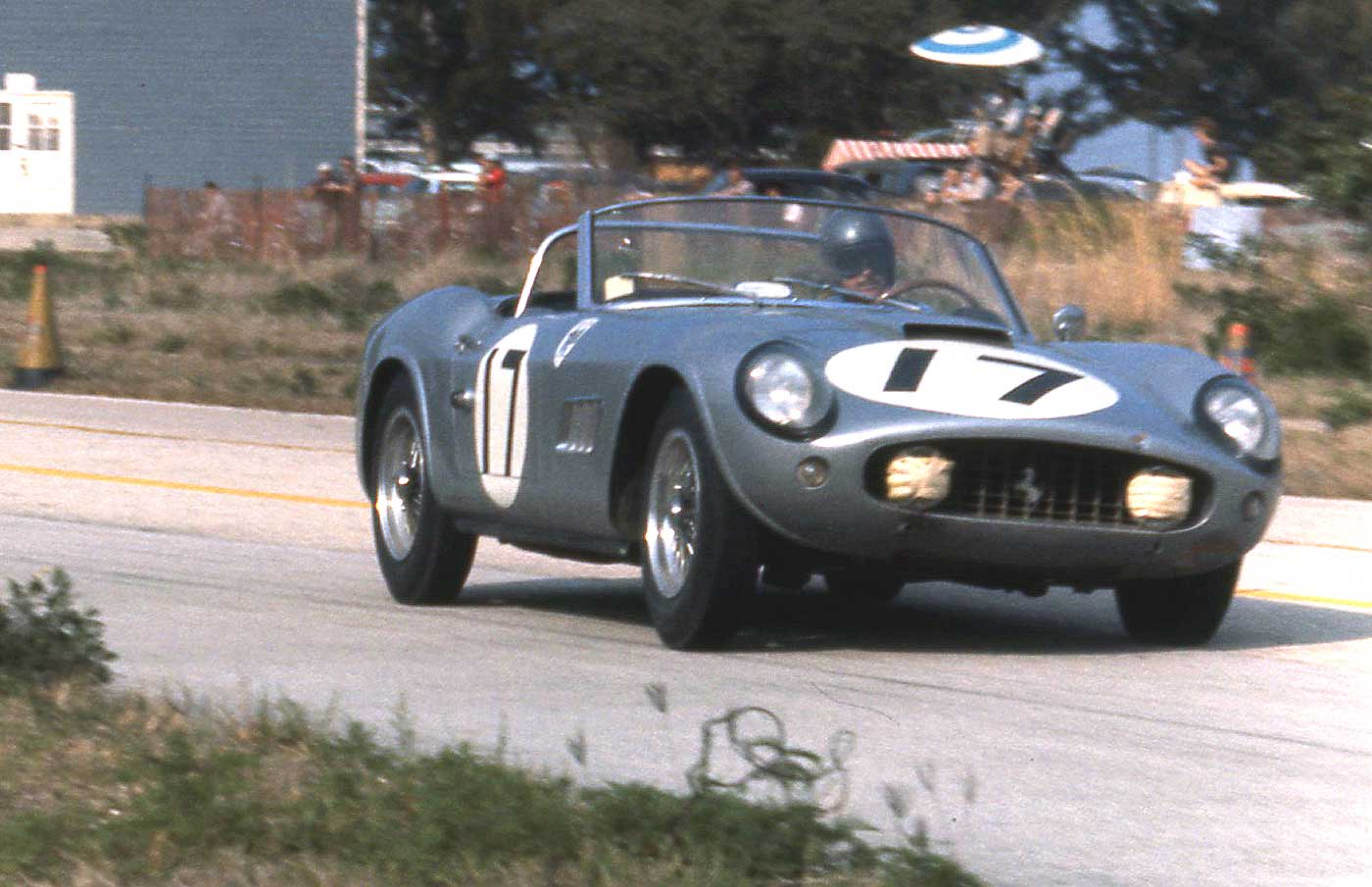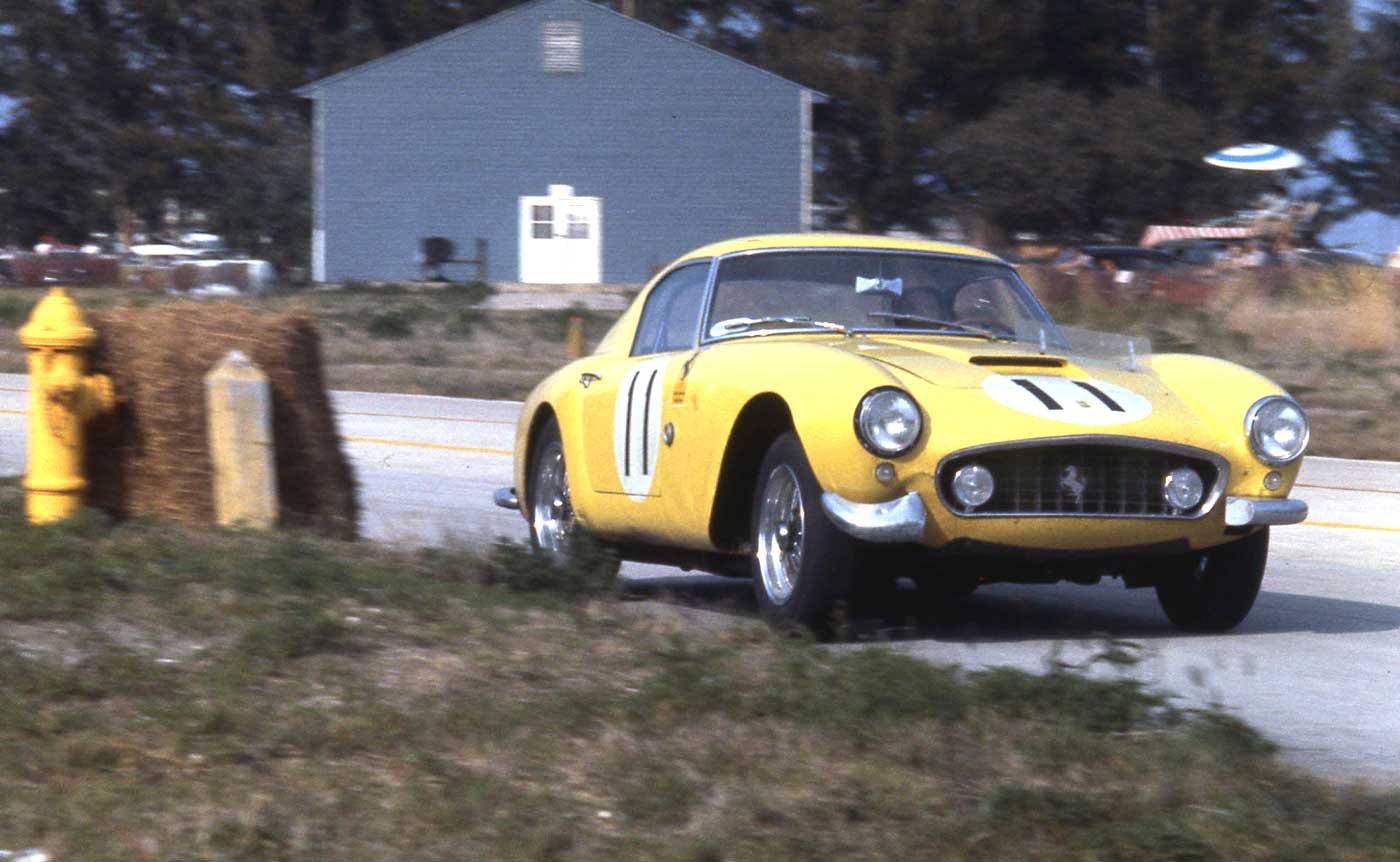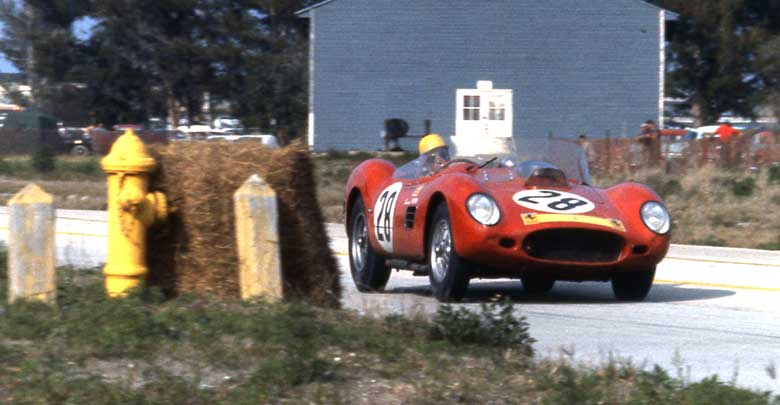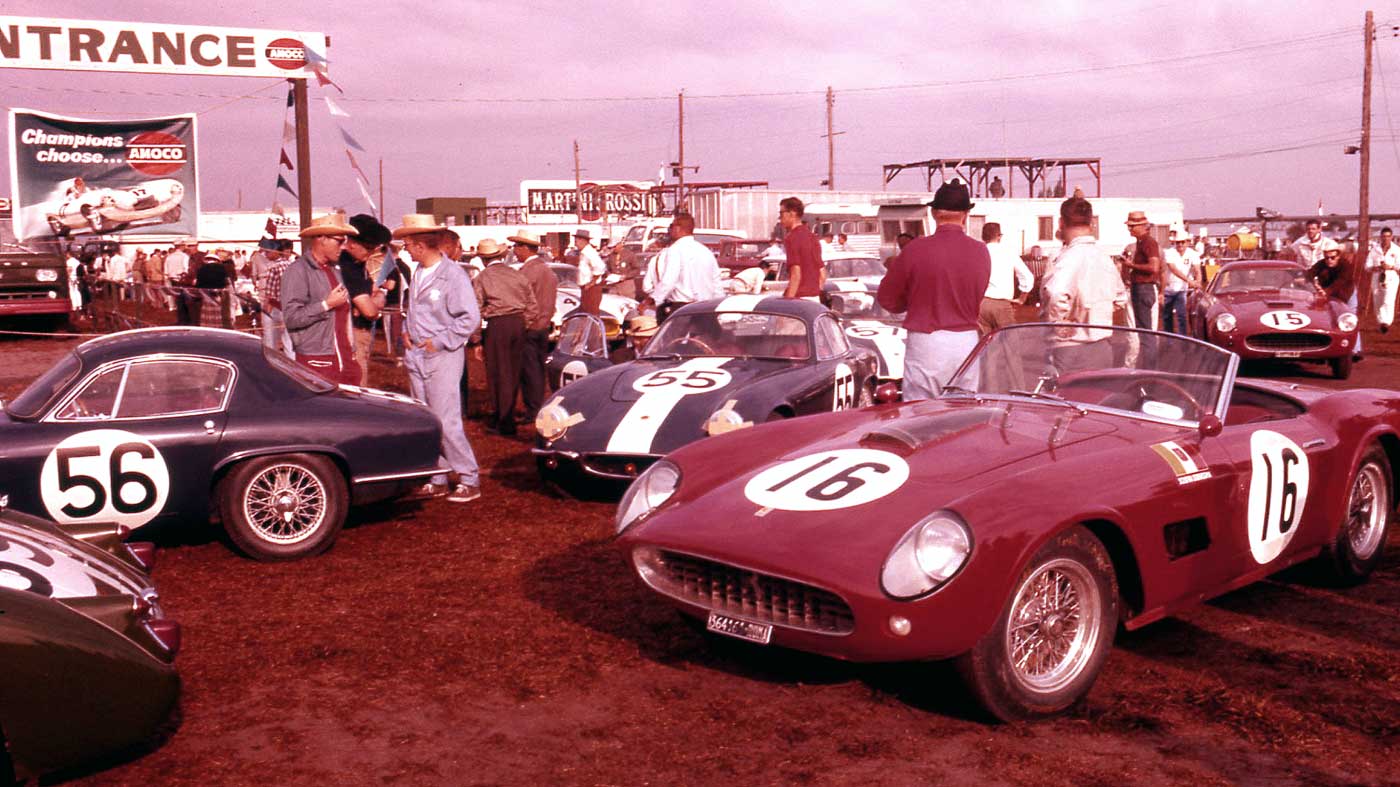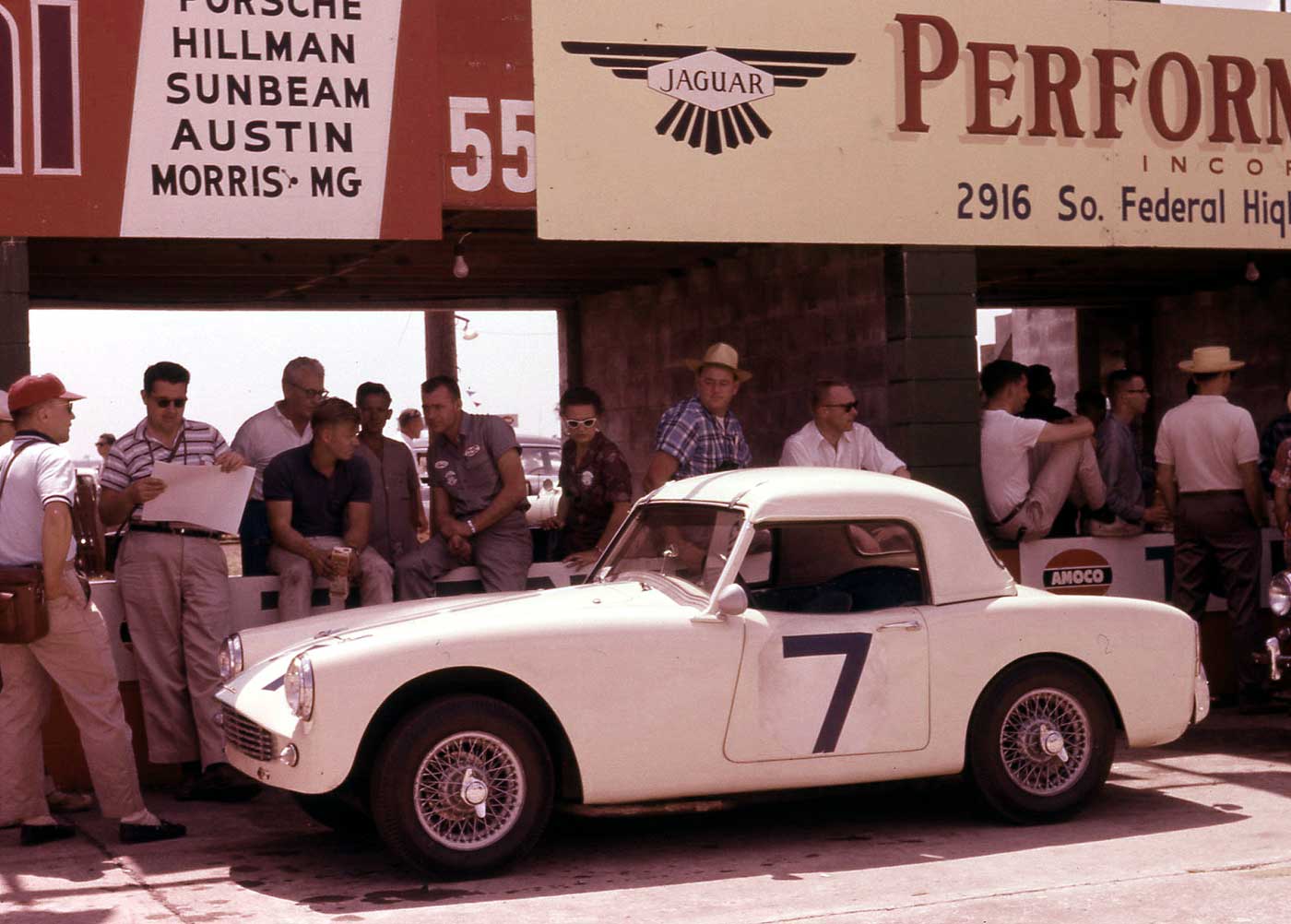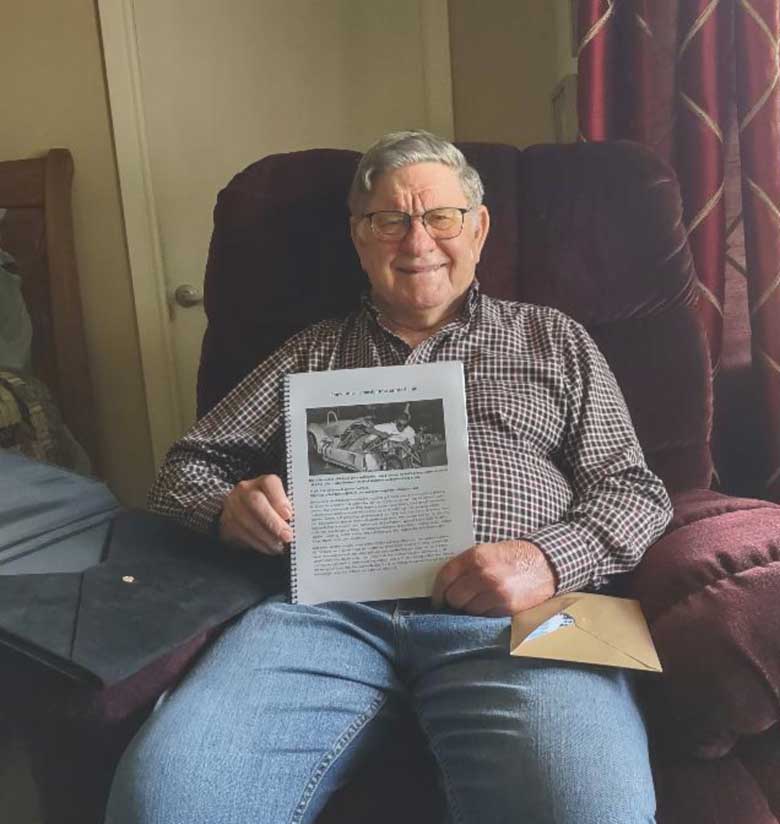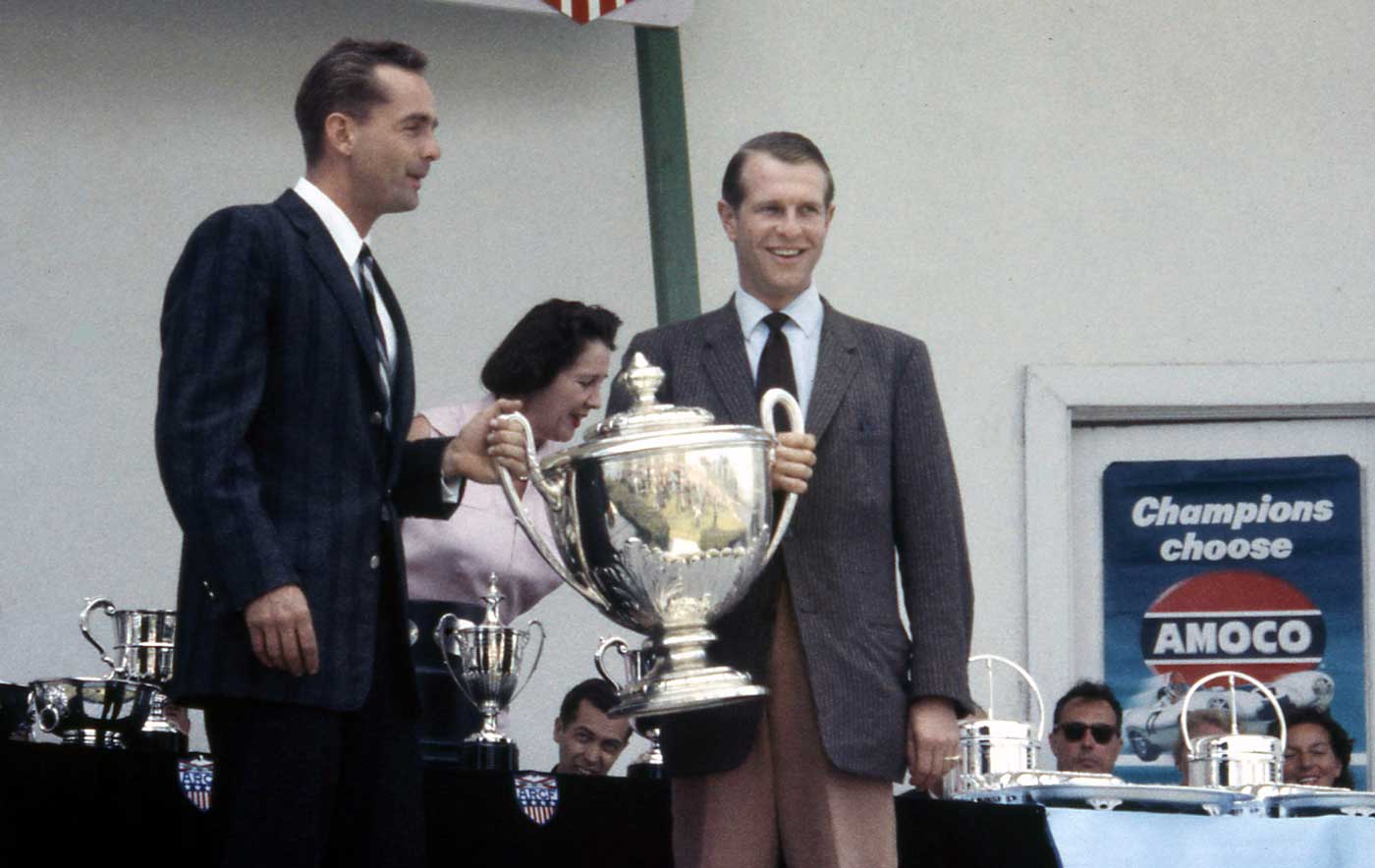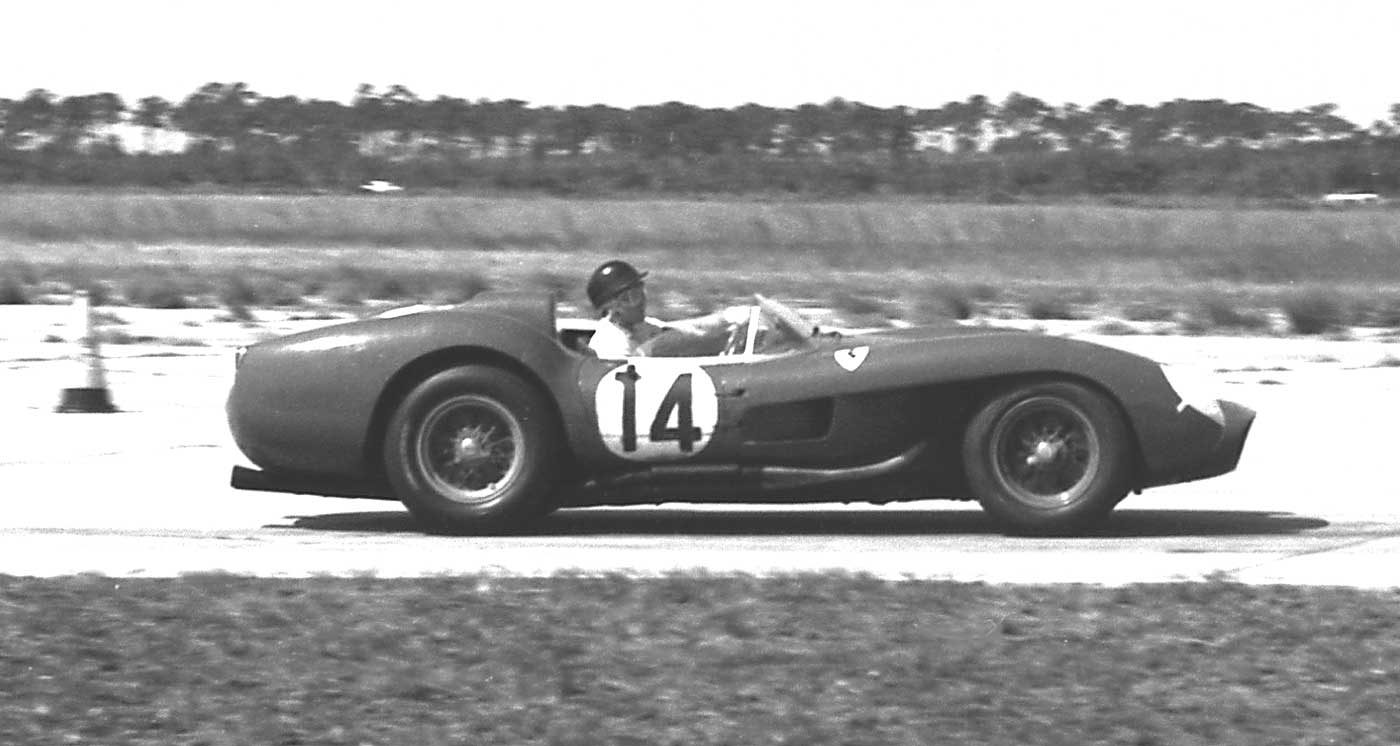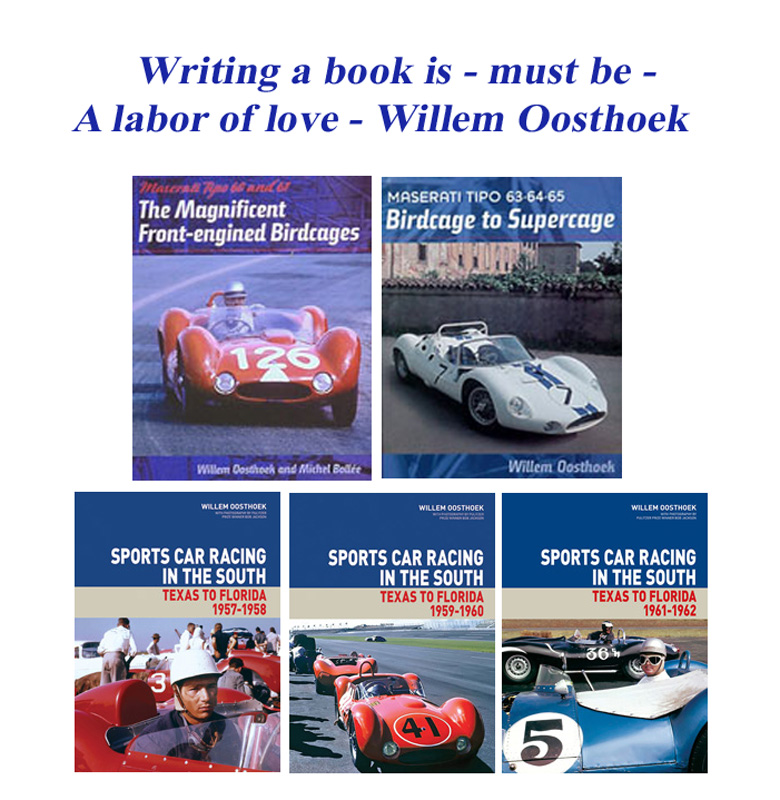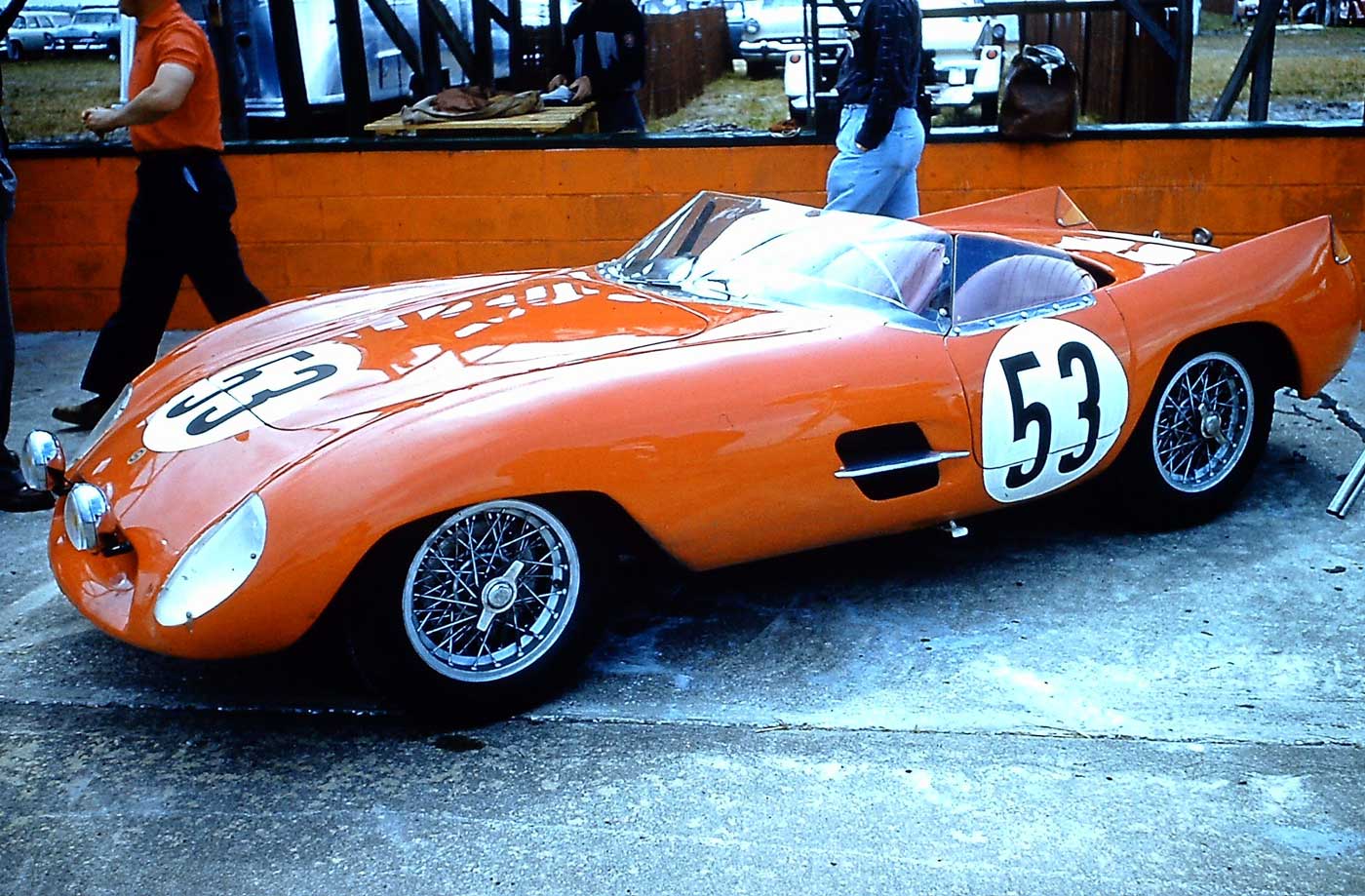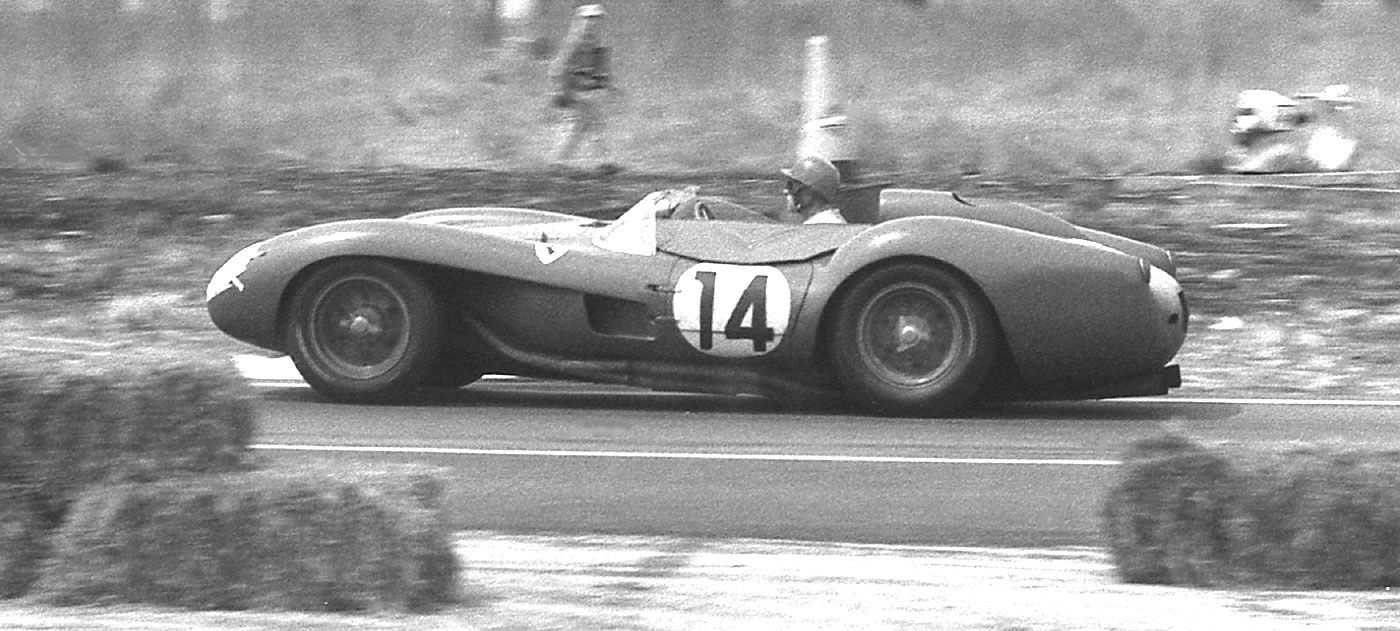In addition to our comments section below each article, VeloceToday often gets very nice compliments, sent via email or included in a note with a subscription check. These comments rarely get published, but are meant as recognition of the work done by our contributors, who create the content that makes VeloceToday what it is. Magazines are nothing without good content, and therefore contributors are our greatest and most valuable assets.
They are historians, authors, editors, photographers, columnists, journalists, judges, drivers, restorers, artisans, collectors and constructors. They hail from the United States, Great Britain, Australia, Germany, France, Belgium and Italy. Here are the names of thirty-three whose contributions made the year 2024 one to remember.
Jeff Allison, Gary Axon, Giles Chapman, Bob Cullinan, Rodney Diggens, Joseph Duray, Brandes Elitch, Graham Gauld, Greg Glassner, Bob Harrington, Joe Hurwich, Stefan Ivanov, Vince Johnson, Jackie Jouret, Allen R. Kuhn, Dale LaFollette, James Lanoway, Frederic Levaux, Bernard Linck, Roberto Motta, Herb Miska, Chris Nugent, Willem Oosthoek, Paul Sable, Charley Seavey, Jonathan Sharp, Jim Sitz, Roy Smith, Sean Smith, Pete Vack, Hugues Vanhoolandt, Paul Wilson, Robert Young
